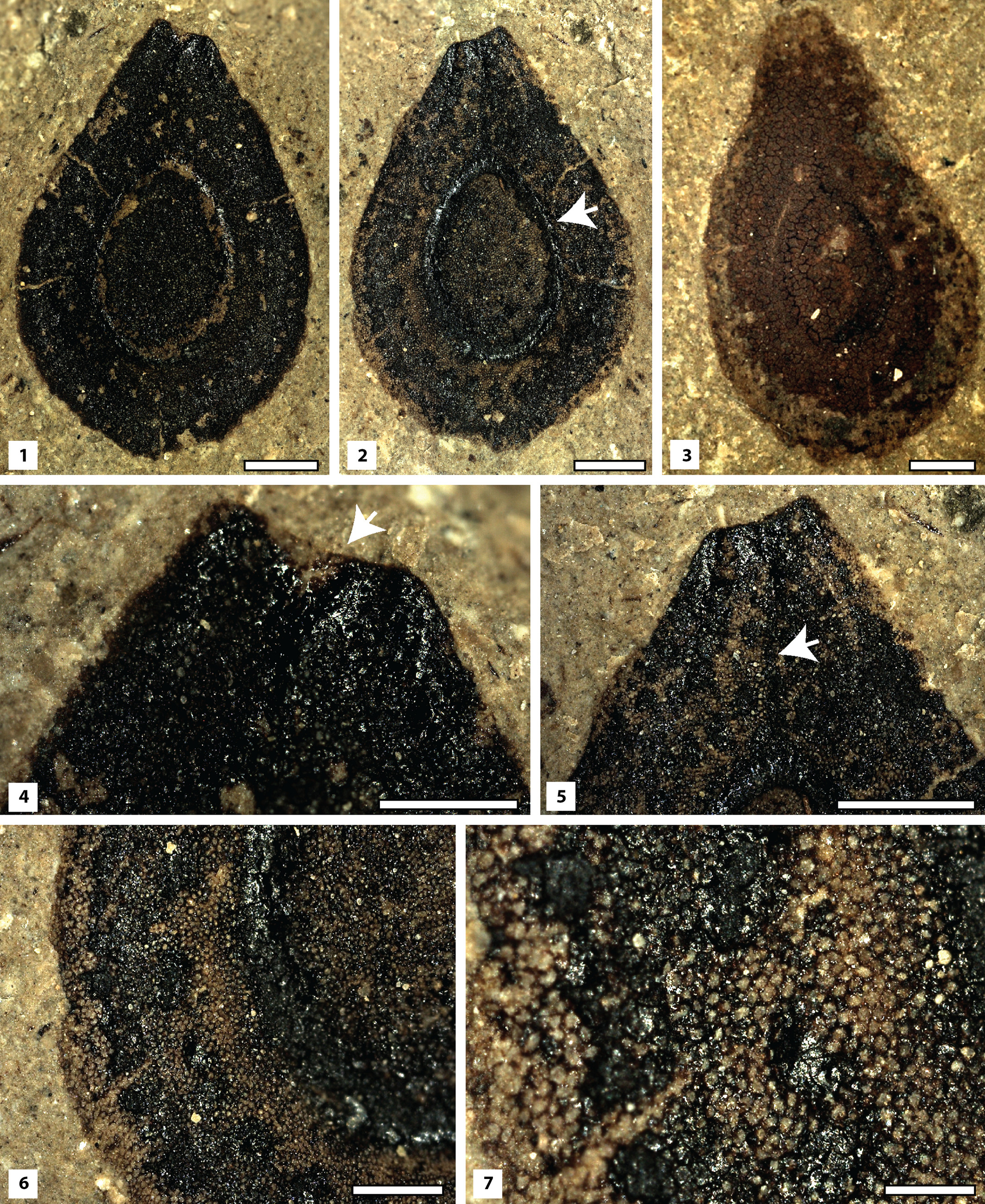The family Apocynaceae, widely distributed in subtropical and tropical regions, is common in the fossil record, especially as seed remains from the Neogene of Europe and North America, but rare in Asia.
In a study published inAmerican Journal of Botany, researchers from Xishuangbanna Tropical Botanical Garden (XTBG) reported well‐preserved fossil seeds of Apocynaceae from the Lower Eocene Niubao Formation in the central Qinghai‐Tibetan plateau (QTP), including a new genus, Asclepiadospermum, and two new species, A. marginatum and A. ellipticum .
Asclepiadospermum is characterized by the elliptical shape of the seed, with a straight apex, a center surrounded by a margin, the presence of the raphe running to the apical part from the center of the seed, and polygonal small cells irregularly arranged.
After comparing with modern seeds and mapping of the seed characters on a phylogeny of the family Apocynaceae, the researchers recognized the fossils as part of the subfamily Asclepiadoideae.
“The newly discovered early Eocene Asclepiadospermum from the central QTP clearly belongs to Asclepiadoideae; our discoveries thus reconcile the fossil record and molecular estimations and represent the earliest fossil record for the subfamily”, said Prof. SU Tao, principal investigator of the study.
“Our fossils are important in documenting the floristic connection between Africa and Eurasia during the Eocene. Based on current knowledge, Asclepiadospermum could represent an example of early diversification of Apocynaceae in Asia, with subsequent diversification in the Northern Hemisphere”, said Prof. Su Tao.
Contact
SU Tao Ph.D Principal Investigator
Key Laboratory of Tropical Forest Ecology, Xishuangbanna Tropical Botanical Garden, Chinese Academy of Sciences, Mengla, Yunnan 666303, China
E-mail: sutao@xtbg.org.cn

Asclepiadospermum marginatum (Image by Cédric Del Rio)

